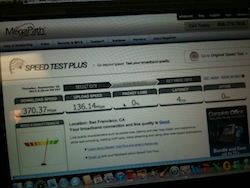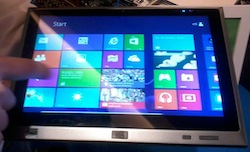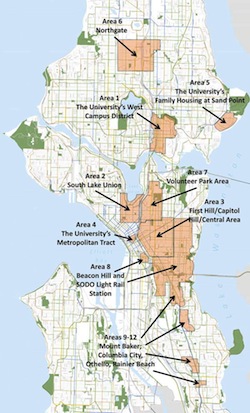Get out of town to see new broadband horizons
business, business model, new stuff, private capital, rural broadband, telecoms

One trend to watch for in 2013 is consolidation and growth in rural broadband in the U.S. AT&T and Verizon are backing – sometimes running full speed – away from the wireline business in less densely populated markets. That's an opportunity for entrepreneurs with rural telecoms experience to create their own kind of economies of scale.
Frontier Communications is well down that road, with five million phone lines under its management nationwide. Like Google, Surewest is looking to Kansas as a growth opportunity.… More







